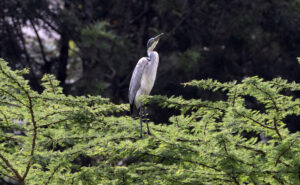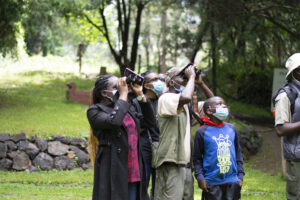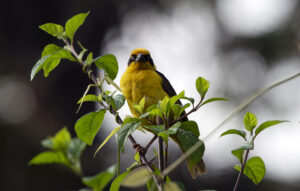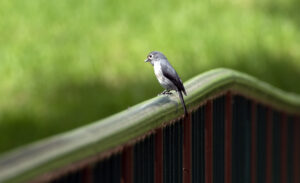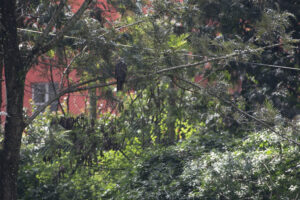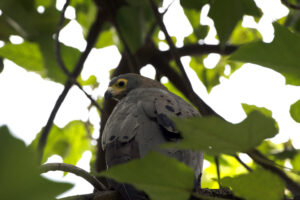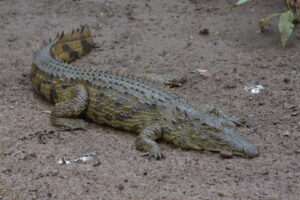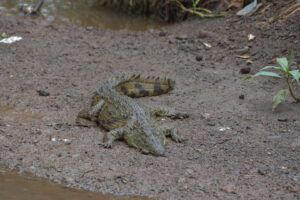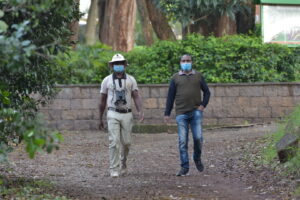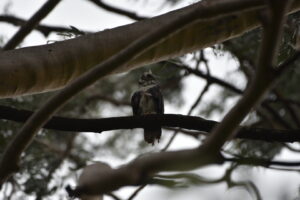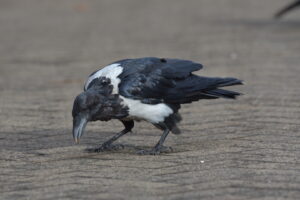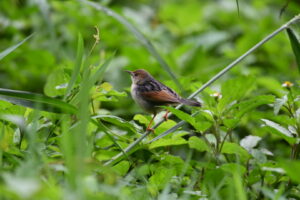One Saturday afternoon, I took my five-year-old to a shopping mall. As usual, there were a lot of sale items on display at the mall. One, in particular, caught her attention: a dome tent. Curiously, she peeped inside the tent and asked me if she could have it as her home. I promised to buy her the tent the following week. The time came, and she came asking for her promise. Oops, it had slipped off my mind! She reminded me I had promised to get her a nest. A nest? I pondered. Yes, she insisted, saying I had promised to get her a house that looked like a bird’s nest for her to live in, referring to some weaver bird nests we had seen on a farm. Oh, I recalled amid some laughter. She meant the tent!
Talking of homes, it’s everybody’s dream to own one, a place to call their own. The array of numerous architectural marvels dotting our landscape exhibits the dynamics of modern building trends and designs. But what inspires all these home designs? Is it creativity? Is it necessity, functionality or the desire to fit?
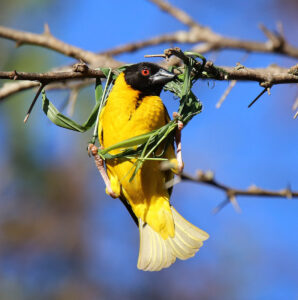
A Village Weaver constructing a nest. PHOTO CREDIT :PETER USHER
For birds, it is a different notion altogether. Each species has a basic standard approach to nest building. Some birds seem to have mastered this art better than others. The nest-building skills, details and effort they display are beyond human imagination.
But what particular factors do birds consider when constructing their nests? Security is a prime consideration. Birds need to safeguard themselves and protect their eggs and young ones. They achieve this by strategically locating their nests.
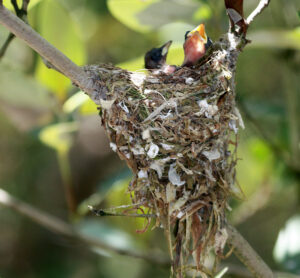
An African Paradise Flycatcher nest. PHOTO CREDIT: PETER USHER
Many passerines (“songbirds” or “perching birds”) conceal their nests in thick bushes and lay ‘camouflaged’ eggs. Other birds resort to building numerous nests only to use one. The decoy nests serve to confuse predators. Some birds have nests with multiple false entrances.
Placing nests in hard to reach areas is another trick employed by birds for security. Some species build nests at the tips of thin branches that cannot support the weight of potential predators. Many birds of prey nest in inaccessible cliffs. Barbets, hornbills and woodpeckers find safety in holes on tree trunks, while bee-eaters prefer to burrow in the ground.
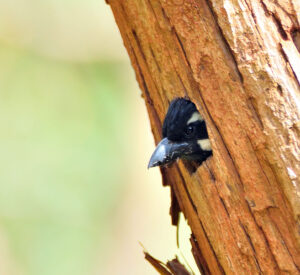
A nest Spot-flanked Barbet. PHOTO CREDIT: FRANCIS MUNGAI
Communal nesting for many of the weavers provides strength in numbers in mobbing predators and deterring them from accessing the nests. Some perch their nests’ entrances on thorny barricades.
Sparrows and some weavers have learnt the trick of securing their nests by building them close to human habitation. Interestingly, some birds engage ‘external protectors’ for their nests. They do so by building them near colonies of dreaded insects like ants, wasps or even bees!
Plovers simply gather small rocks or loose soil to lay and conceal their eggs.
All in all, nest building is a fascinating phenomenon, a marvel of our natural world, so to speak. Let’s go outdoors and enjoy nature’s thrilling experiences.
Do you know that:
Contrary to popular belief, birds don’t generally sleep in nests. While actively incubating eggs or raising chicks, birds may occasionally sleep on their nests. Once chicks are grown, the parent birds don’t return to their nesting sites to spend the night.


